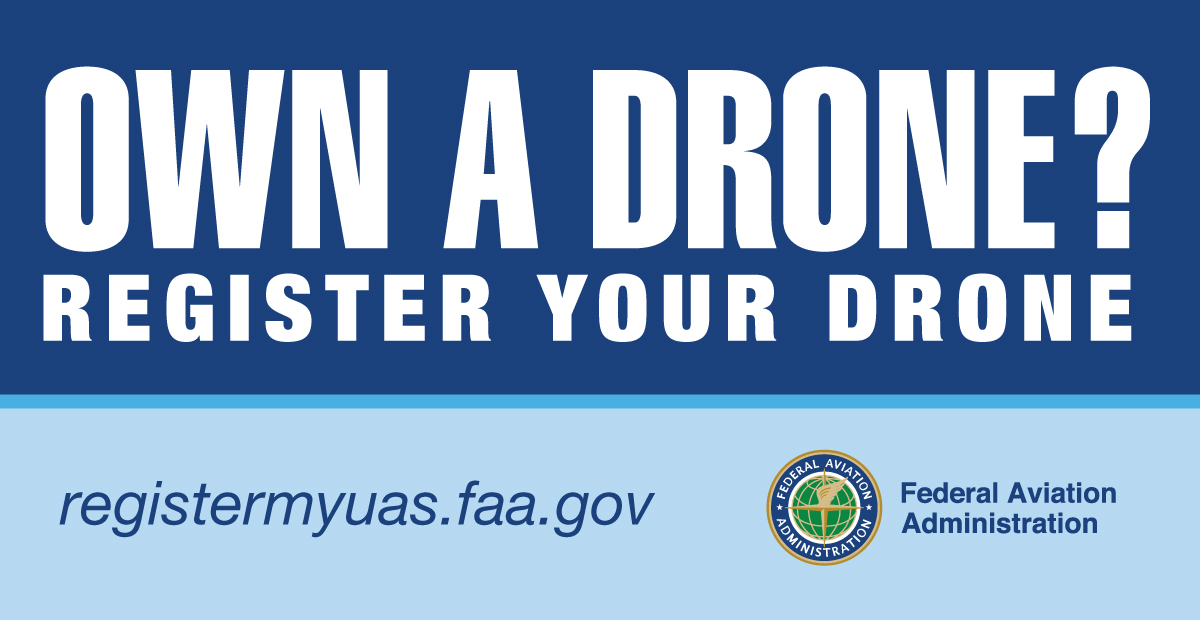Advanced Air Mobility (UAS/AAM)
Oklahoma has always been on the cutting edge of aviation and aerospace technology, from the days of Wiley Post finding the Jetstream and using the first space suit to Clyde Cessna test flying his aircraft on the Great Salt Plains, to Bessie Coleman, Thomas Stafford, William R. Pogue and the many other aviation pioneers our state has had over the decades. These pioneers have laid the foundation for our state to continue to be seen as part of the leading edge of innovation for the aviation and aerospace industry. Oklahoma has followed a similar path with this next generation of aerospace technology and the adoption and use of unmanned aerial systems (UAS) and advanced air mobility (AAM) has seen an exponential increase in our state over the last decade. The popularity of this new flying technology has been transformational for the aviation and aerospace industry in many ways, but it has provided tremendous benefits to a multitude of non-aviation industries as well. Both the government and private sectors have started to take advantage of UAS/AAM and will continue to do so as the regulatory environment at the federal level permits.
The Oklahoma Legislature has been forward-thinking insofar as ensuring our state is seen as a friendly, fly-to state for the development and testing of the UAS/AAM industry. Recently, during a 2020 interim study of the Legislature, it was discussed that Oklahoma needed an energizing organization that could bring the UAS and AAM assets across the state together to be able to focus those resources and move the state as a whole down a flight path that ensures we maintain our leadership status as the go-to testing location in the heartland of the Country. Following that interim study, the Legislature passed SB 659 during the 2021 session which created the UAS program office within the Oklahoma Department of Aerospace and Aeronautics with the goal to help assist fellow state agencies, local municipalities, law enforcement and first responders, educators, and others with current policy and regulation adoption, best operational practices, technology capabilities, grant funding and test site development among other activities. Creation of the UAS program office within ODAA was cited in a Mercatus Special Study released by George Mason University in June 2022 in which Oklahoma was ranked #1 in the United States regarding state readiness for drone commerce.
Another of the Legislature’s initiatives to support the UAS/AAM industry was the adoption of SB 1688 in 2020 which created the Advanced Mobility Pilot Program. As a part of that effort the Advanced Mobility Council was created under the leadership of Oklahoma Secretary of Transportation Tim Gatz. This Council of nine members is to advise the Secretary on policy and strategic direction for the adoption of advanced transportation technologies both ground and air. Most recently, this Council initiated an effort to develop a comprehensive strategic plan for Advanced Air and Ground Mobility within the State of Oklahoma. This planning effort is design to bring together the state’s plentiful assets in the advanced mobility sector in the hopes that a cohesive alignment can be achieved for the betterment of transportation across Oklahoma.
Between 2014 and 2019, $44 million in contracts were awarded to Oklahoma companies and institutions in support of UAS from sponsors that include NASA, the Department of Defense, the Federal Aviation Administration, and numerous private companies.



